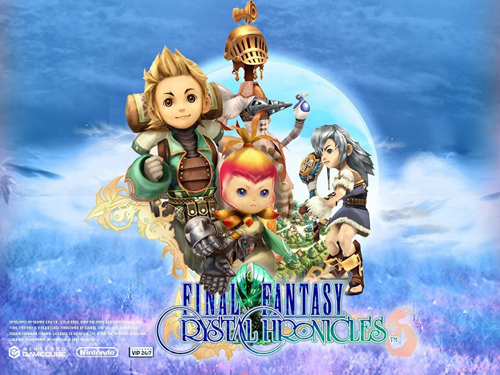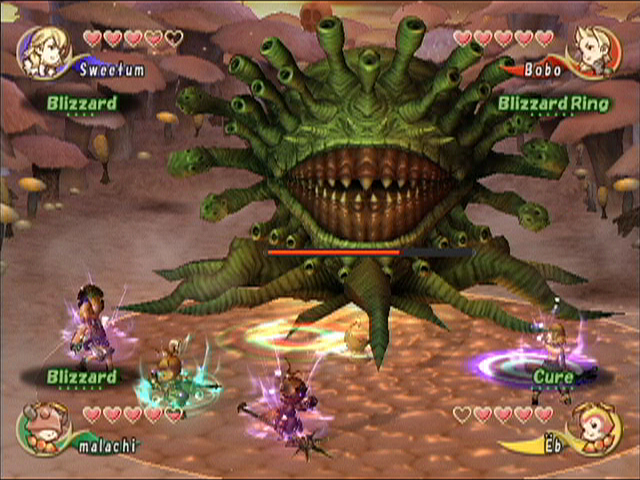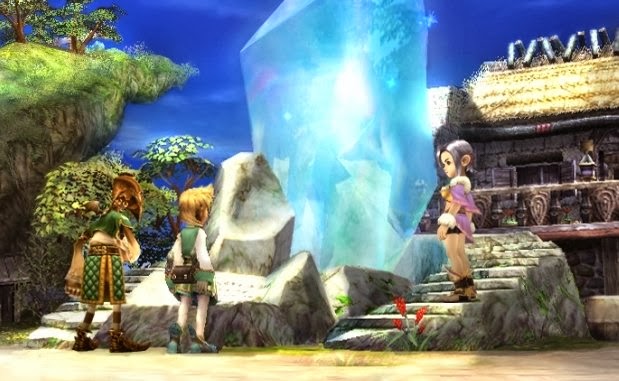Final Fantasy Crystal Chronicles
- Details
- Written by Filippo Gabrielli
A terrible power threatens your village. Are you ready to face danger, adventurer?

Final Fantasy Crystal Chronicles is an action RPG born from the partnership between Square Enix and Nintendo, then published in 2003 for the Game Cube. The collaboration was a chance for the once allies, now rival publishers to work together once again. Reason for the contentious? A deal by former Squaresoft, which preferred Sony consoles as platforms for the sixth Final Fantasy. With FFCC a new chapter opens, as Square Enix will progressively move away from turn-based gameplay, toward a more fast-paced action borrowed from Kingdom Hearts.

Small, rural villages dot the world of FFCC: each is protected by a crystal, which keeps at bay the mysterious miasma that surfaced a few years before in the continent. Playing as the hero of the day, fully customizable from gender to looks, we will gather some allies and face treacherous dungeons in search for rare drops from the myrrh tree. Only their power can restore the energy of the protective crystal, which depletes periodically. Assisting us in our quest will be our loyal companion Moguri, who will carry the myrrh barrel for as, as well as send mail and fight.

This title focuses on character creation, with four classes to select from. We have the human-like Clavat, balanced stats-wise; the Selkie, smiliar to the Clavat in looks (save for their silvery hair), who focus on speed and lend themselves well to the thief profession; and the Lilty and Yuke, the former stocky and brawly, the latter feathery and skilled mages.
Other interesting mechanics include the Game Cube - Game Boy Advance connectivity (already found in Animal Crossing), which allows up to 4 people multiplaying. Notable is also the atmospheric sound design, curated by Kumi Tanioka. Here you can listen to the theme song Kaze no Ne (カゼノネ, Sound of the Wind), a delicate and slightly ethnic sounding melody.
A sore spot is the magic system: these are dropped by enemies as consumables, and disappear once we exit the dungeon. While it’s interesting gameplay to be able to fuse magic spheres to unlock more powerful spells, such spheres drop mostly at random, making planning quite difficult. Also, graphically-wise the game was a breakthrough back in 2003; yet, its very hasty plot and storyline mostly led to repeated farming of the same dungeons, over and over.


